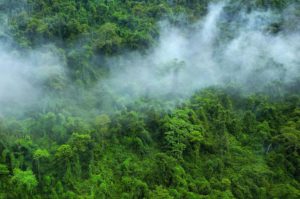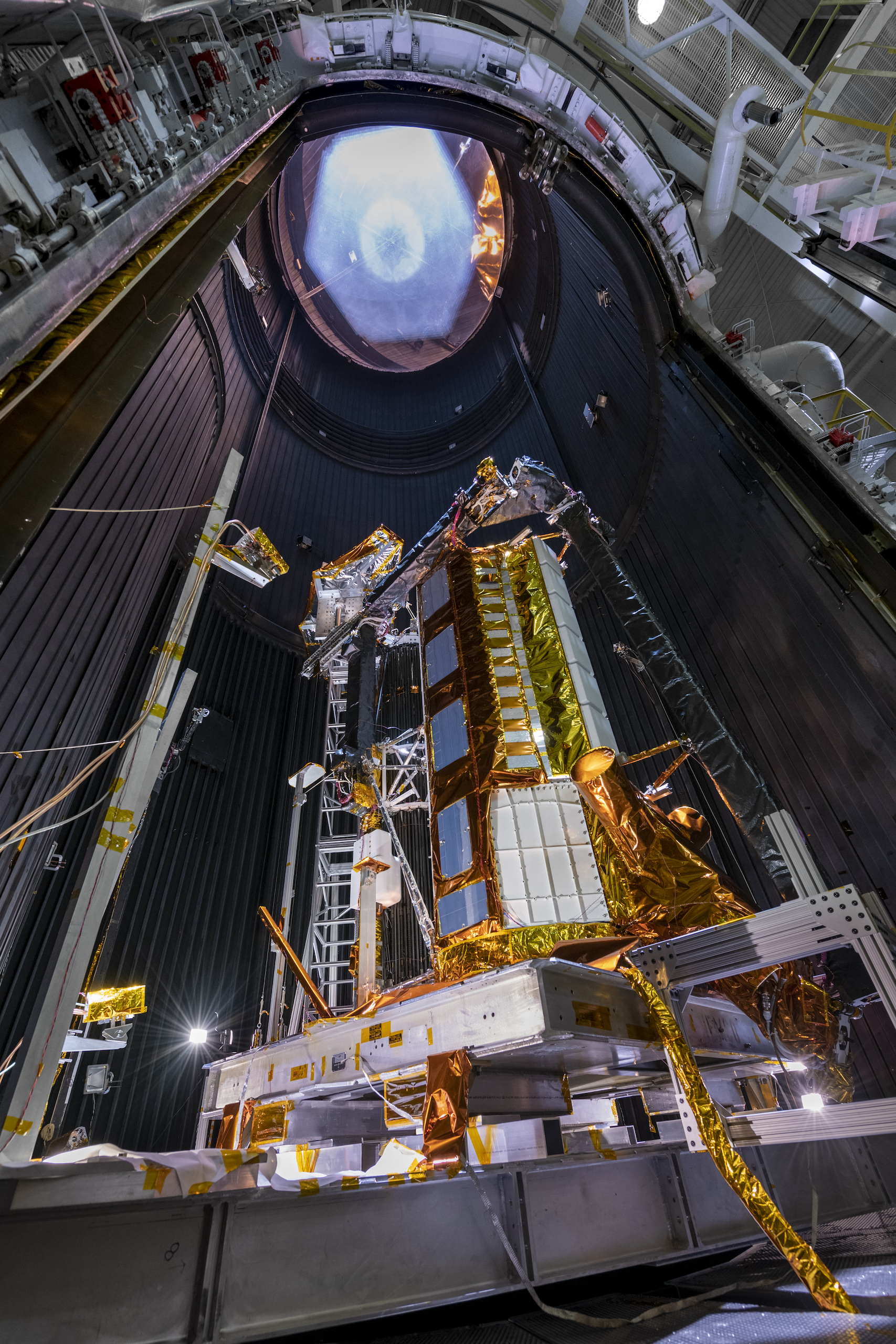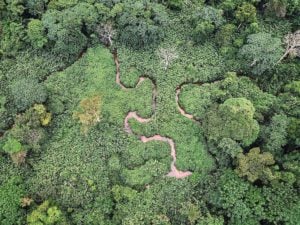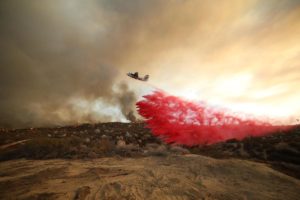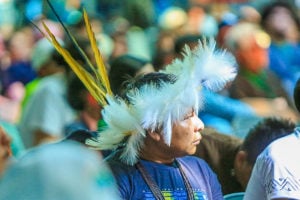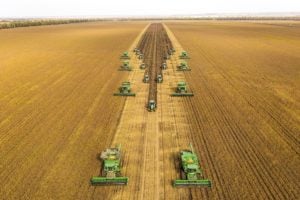Carbon offsets have a reputation problem. The basic concept – that a reduction in carbon emissions or increase in carbon storage can compensate for emissions that occur elsewhere – sounds plausible, but successive scandals have plagued the market for years. Schemes have been accused of providing money to projects that: would have gone ahead anyway, do not reduce carbon emissions, lead to an increase elsewhere, and damage local communities or biodiversity.
Much work is underway to rectify this. For example, a raft of standards and guidance is due this year, to define best practice and improve credibility in the use of carbon credits by companies. This kicked off in late June with a code of practice from the Voluntary Carbon Markets Integrity Initiative (VCMI) for businesses to follow when using and making claims about carbon credits as part of net-zero commitments.
Monitoring tech leads the way
Many believe one way to help fix offsets could be new technologies to digitise monitoring, reporting and verification (MRV). This is a multi-stage process used to measure the amount of greenhouse gas emissions reduced or absorbed by a particular activity, such as reforestation, over a period of time. The findings are then reported to a third party to be verified so that carbon credits can be issued for trade on international carbon markets or used by corporations towards their net-zero targets.
Today’s conventional MRV techniques involve time-consuming manual processes and analogue data capture through in-person auditing of sites. Some digital technologies are already used, such as greenhouse gas inventory software, remote sensing and satellite positioning systems. But they comprise only around 10% of the process, according to a report by a working group on the subject set up by Gold Standard, a carbon credit certification programme.
Digital MRV would use various technologies – such as satellites and drones, artificial intelligence, blockchain encryption and “smart sensors” (which can analyse data, not just record it) – to automate data collection, analysis and validation, and provide more reliable and consistent data far more quickly. This will in turn reduce the costs and time associated with issuing new carbon credits.
One example, launched at last year’s COP27 climate talks, is CTrees, a non-profit which claims to be the world’s first-ever global system for accurately calculating the amount of carbon in every tree on the planet. It covers both carbon emissions and removals from all types of forests, at a resolution of one hectare – equivalent to just over one soccer pitch.
Our dataset observes everythingDr Sassan Saatchi, NASA’s Jet Propulsion Laboratory
The platform is built on AI-enabled satellite data, bringing near real-time data to buyers, project developers and regulators involved in carbon markets, as well as governments, the private sector and civil society.
CTrees is led by Dr Sassan Saatchi, a senior scientist at NASA’s Jet Propulsion Laboratory, and a team of scientists and data engineers in the US, Brazil, Denmark and France. Supported by a combination of philanthropy and revenue from providing data products to partner non-profits, it draws on more than 20 years of research and development by universities and space agencies worldwide.
Early this year, CTrees started to provide operational data for project-level assessments of forest carbon. The fact that the dataset is global means it can track issues that have beset carbon markets for years – such as so-called “leakage”, where a policy or project designed to protect forests leads to deforestation shifting to another region, Saatchi says.
“Our dataset observes everything – you can see easily if deforestation has gone up in the area, or 100km away, or even in another jurisdiction, or another country. Social scientists and economists can use the data to really understand where the leakage is happening.”
CTrees is to launch a free global alerts system for land-use change later this year that will produce notifications for activities like deforestation or degradation every two weeks, increasing to every week starting in 2024. This will allow for faster interventions from governments, he explains, as annual aggregations of carbon emissions and removals will provide policymakers with information that they can use to assess whether their programmes are generating the intended results.
The CTrees platform can integrate new data and science as it becomes available – for example, from the NISAR mission, a joint Earth-observing project between NASA and the Indian Space Research Organisation due to launch next year. The radar technology used on that mission will image nearly all of Earth’s land and ice masses, four to six times per month. Information on forest volume and biomass will be detailed enough to reveal changes on a human scale. The technology will halve the uncertainty associated with measuring the variability of changes in forest biomass, Saatchi says.
Bringing disparate data together
Another new digital platform, from the Climate Action Data Trust (CAD Trust), aims to link, aggregate and harmonise data from all major carbon registries, which may be run by governments or private companies. These registries track carbon projects, issue credits and record the ownership of offsets by giving each a serial number in order to mitigate the risk of double counting, where two organisations claim the same tonne of carbon removed.
Until it launches in the third quarter of this year, anyone wanting to cross-check registries for the same credit must do so manually, according to Yuvaraj Dinesh Babu, executive director of CAD Trust. This will only get more time consuming as more countries set up registries and start to trade credits following the adoption of rules on international carbon trading at UN climate talks, he points out.
CAD Trust’s platform will provide a central place where anyone can check that credits are not being double counted – and, being run on blockchain technology, all actions that registries take on it will be auditable, he says.
Eventually, Babu hopes that all national carbon registries will be linked through the platform. It could then be used to prove what countries have achieved against their national climate strategies through the UN climate convention stocktaking process, a key part of the Paris Agreement through which countries assess what has been achieved against international climate targets, to help inform future action.
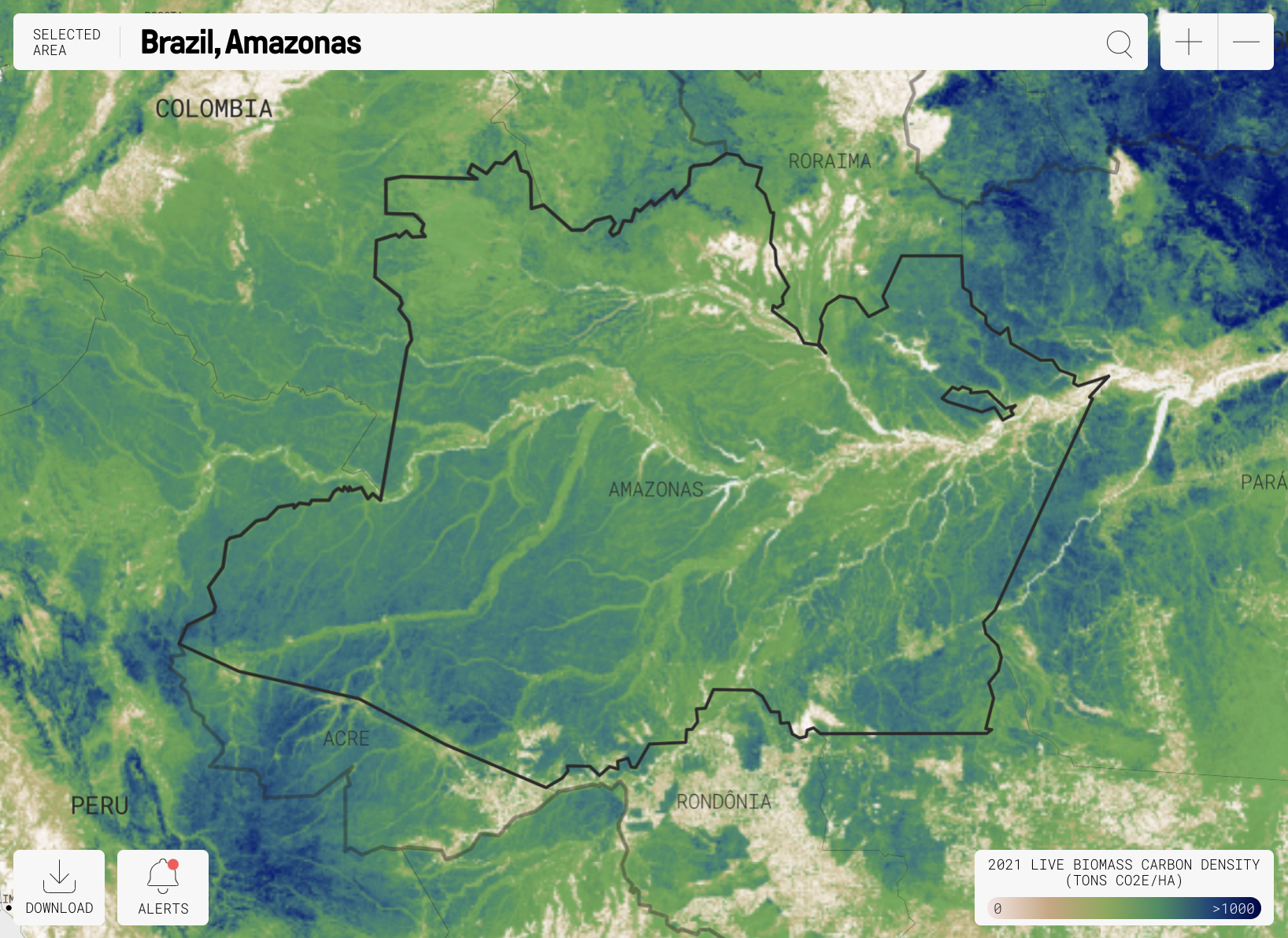
Another carbon registry aggregation platform, AlliedOffsets, is also aiming to make it easier and quicker to find a variety of information, including what offset projects a particular company has bought credits from, whether they have bought the volume they say they have, and the quality of each project.
“We realised how opaque the whole sector is [and] how poor information gathering was, and we started to ask questions such as why this one credit costs $2 and another $50, when they’re supposedly for the same thing – a tonne of carbon. That seems insane,” says Lars Kroijer, the firm’s founder and managing director.
“We aggregate all the ratings companies, the brokers, and the news sources so you can find everything in one place – whether you’re a buyer, a broker, a project developer or an academic,” says Kroijer. “If someone wants to find all [the] nature-based solution projects in India, I could answer that question in three minutes. In the past, I don’t know where you’d start; it could take months.”
Standardising standards
Given all these developments, offset certification bodies such as Gold Standard and Verra, as well as other organisations with an interest in carbon markets such as the World Bank, have been scrambling to assess, pilot and produce guidance, technologies and standards on digital MRV.
Verra, which claims to be the world’s largest carbon credits programme, is piloting a digital MRV platform that uses remote-sensing to measure forest carbon, provided by climate tech company Pachama.
Verra says it will not be issuing credits using any data provided by the pilot, but rather will compare the digital system to its current approach in terms of accuracy, and assess if – and how – it could use the data. It will produce a document on its findings later this year for consultation with its stakeholders.
Benktesh Sharma, Verra’s senior director of technology solutions, explains that current MRV methods mean reports sent by those carrying out a project for it to audit are inconsistent. “They have their own interpretation of how to use methodologies to come up with estimations of greenhouse gas reductions,” he says. “But digital MRV will give us a standardised approach to handling this data, and we can check the data quality easily.
“It will be shifting a mindset, from where you try to wrangle around various documents, to working on a digital interface. And users won’t have to create a PDF document, or print a document and upload [it] into the system,” he adds. “Rather, data will be moving from machine to machine.”
In theory, digital systems will allow us to check the quality of data for a particular project, such as its location and how it was created. Incomplete or incorrect information would be flagged to Verra, according to Rishi Das, Verra’s manager of technologies for natural climate solutions, who says that this should filter out any bad projects from its system. However, if malpractice is suspected in any project the programme has issued credits on, it will be far easier to scrutinise digital information rather than go through pages of PDFs provided by projects, he says.
Demand for quality offsets in the voluntary carbon market outstrips supply, Sharma adds, and it currently takes many years from starting an offset project to the point where credits are issued. A more efficient, digital process could drastically reduce this timescale, meaning that carbon reduction projects could be scaled up much more quickly, he says.
What are the downsides?
Digital MRV could save a lot of time, prevent human error, and improve transparency across the board, providing more companies and investors with confidence in voluntary carbon markets, acknowledges Ana Carolina Szklo, technical director of markets and standards at the Voluntary Carbon Markets Integrity initiative (VCMI). But she sees some disadvantages to digital MRV.
“Digital MRV such as satellite monitoring of forests is expensive, so we just have to be mindful that we don’t exclude companies and developing countries that don’t have the resources to promote and implement such modern technology systems,” she says.
Technology doesn’t solve all problems, she adds; it just flags up potential issues which would then need to be investigated with a physical visit to the site. For example, in Brazil, some images of forestry projects have captured other land-use changes. A satellite image on its own cannot prove if the project owner did it deliberately, or if fire could have been spread accidentally from a neighbouring area, she says.
It’s easy to get up on your soapbox and yell, but the underlying solutions to climate change are sometimes technicalLars Kroijer
Human auditors should also maintain a role in MRV systems, as their analysis of the data is very important, she stresses. “I’m not sure whether we’re ready to just hand that all over to machines and technology, and not have any human brain capacity actually doing analysis behind all the data.”
Meeting targets for emissions reductions is not all about maths, she says. Some elements that need to be taken into account are subjective, such as the need for companies to have strong governance structures in place to be able to make good decisions on which projects in carbon markets to invest in.
“It takes some time to process and disseminate technology to ensure that there’s confidence behind everything, so that investors can bring resources, and the private sector can implement projects,” she says, adding that many of these technologies have to go through a pilot phase.
Kroijer is optimistic that digital MRV can be part of the solution to overcoming scepticism to carbon markets. “It’s easy to get up on your soapbox and yell, but the underlying solutions to climate change are sometimes technical, and they need to be worked out over a long period of time,” he says. “There’s a reason why there’s a lot of bad in this space, but find me any space with 25,000 projects where there isn’t a flaw.”
